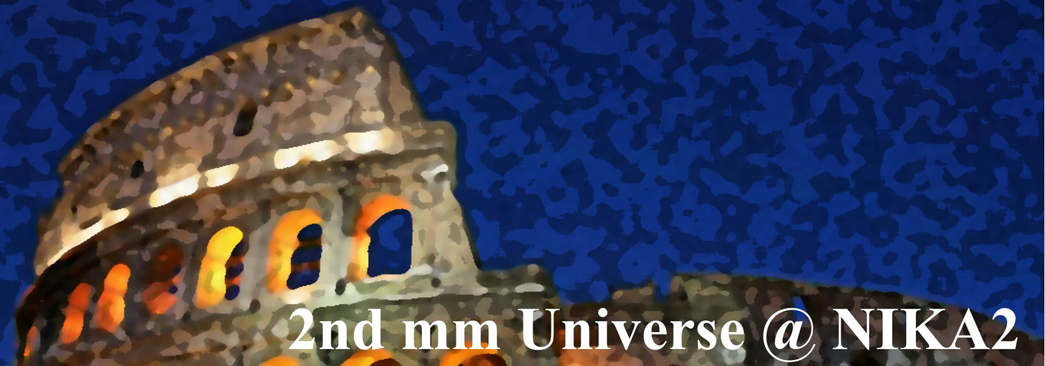Speaker
Description
New results from advanced numerical modelling of galaxy formation in the early Universe (Maio et al., 2021 to be submitted) will be presented and discussed by means of hydro/chemistry simulations of cold gas (coldSIM), from the epoch of reionization to later times. Besides star formation, feedback effects, stellar evolution and metal spreading, the new modelling includes gas fine-structure mm/sub-mm transitions, accurate time-dependent "non-equilibrium" chemistry calculations extended to consider the relevant small-scale cold-gas physics (H2 formation channels, self-shielding, dust grain catalysis, photoelectric and cosmic-ray heating, etc.) and the interplay with different UV backgrounds.
We will show that primordial haloes can host molecular-driven star and galaxy formation already at high redshift, when popIII stars are the dominat generation, quickly followed by popII-I. HI gas density parameters are found to decrease in time from z~6 to z~2, consistently with available data and under a broad range of conditions. On the contrary, H2 molecules are more sensitive to physical modelling and resulting H2 density parameters are in line with recent IR/mm observational determinations when time-dependent chemical abundances are consistently coupled to gas shielding and UV radiation. Large molecular fractions as high as ~60% (as reported lately) can be justifed by either three-body interactions in pristine media or dust grain catalysis in exceptionally enriched sites at those times. Differently from previous simulation-based studies, that did not include non-equilibrium chemistry and struggled to reproduce HI and H2 behaviours, our findings highligth the possibility to understand cosmic chemical evolution in different epochs by following detailed non-equilibrium calculations coupled to state-of-the-arte numerical simulations.

